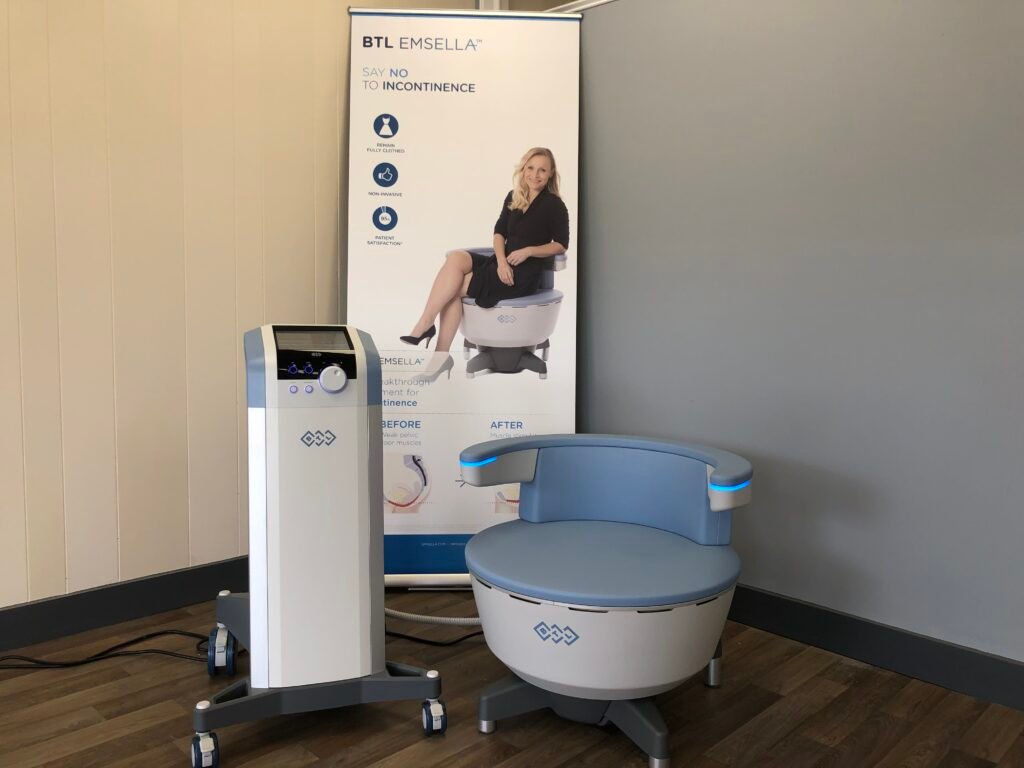CO2 Vaginal Laser Therapy
What is CO2 Vaginal Laser Therapy?
This non-invasive procedure has shown promise in addressing various issues related to vaginal health, particularly those associated with aging and hormonal changes.
CO2 laser treatment for vaginal health is an innovative medical procedure that promotes the rejuvenation of vaginal tissues. It is achieved by triggering the body’s natural healing process, increasing collagen and elastin production.
How Does CO2 Vaginal Laser Therapy Work?
A small wand or probe, which is the CO2 laser device, is gently inserted into the vagina. The laser precisely targets specific areas of the vaginal tissue. The laser then emits a controlled beam of energy, which penetrates the vaginal wall, causing minor damage to the tissue. This damage stimulates the body’s natural healing response, promoting increased collagen and elastin production. It also encourages the formation of new blood vessels, improving overall tissue health. The procedure typically takes about 10 minutes. While some minor discomfort may be experienced after the procedure, these symptoms generally resolve within a few days.
What are the Benefits?
The benefits of CO2 vaginal laser therapy have been used successfully to address symptoms related to vaginal atrophy. This includes vaginal dryness, burning, itching, pain during intercourse, improved vaginal pH to reduce recurring infections, urinary incontinence (urinary leakage when laughing, sneezing, or coughing), and helps strengthen weakened pelvic floor muscles, which can occur due to aging or hormonal changes.
This treatment often requires multiple sessions to achieve optimal results, with each treatment usually spaced a few weeks apart.
CO2 laser treatment is a promising solution for various vaginal health issues, providing a non-invasive option for women seeking relief from symptoms related to vaginal atrophy.
CO2 laser treatment is a promising solution for various vaginal health issues, providing a non-invasive option for women seeking relief from symptoms related to vaginal atrophy.







